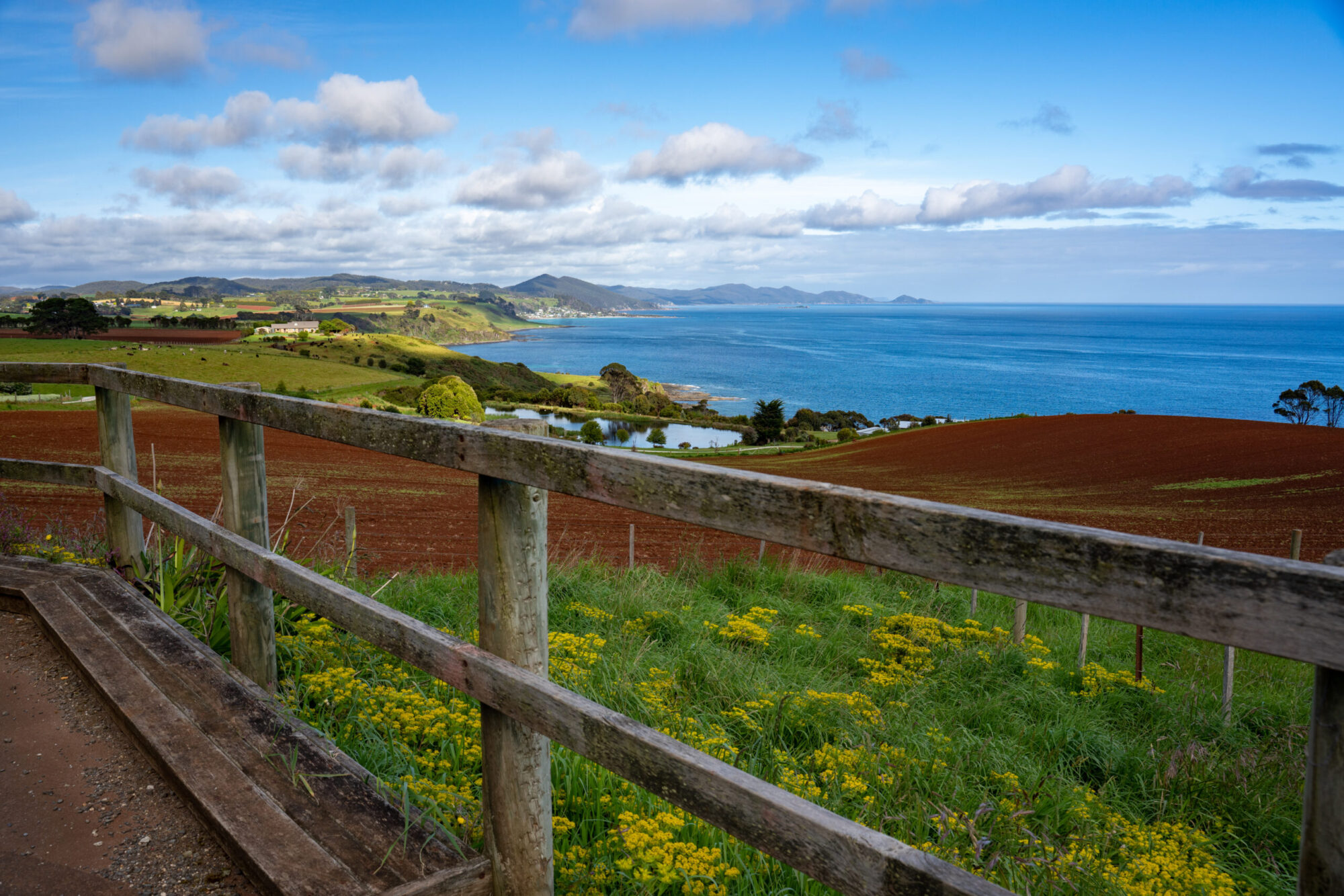After our stressful journey from Darwin to the Spirit of Tasmania ferry terminal in Melbourne, it was a wonderful and somewhat surreal feeling to wake up the next morning to see the Tasmanian coastline approaching.
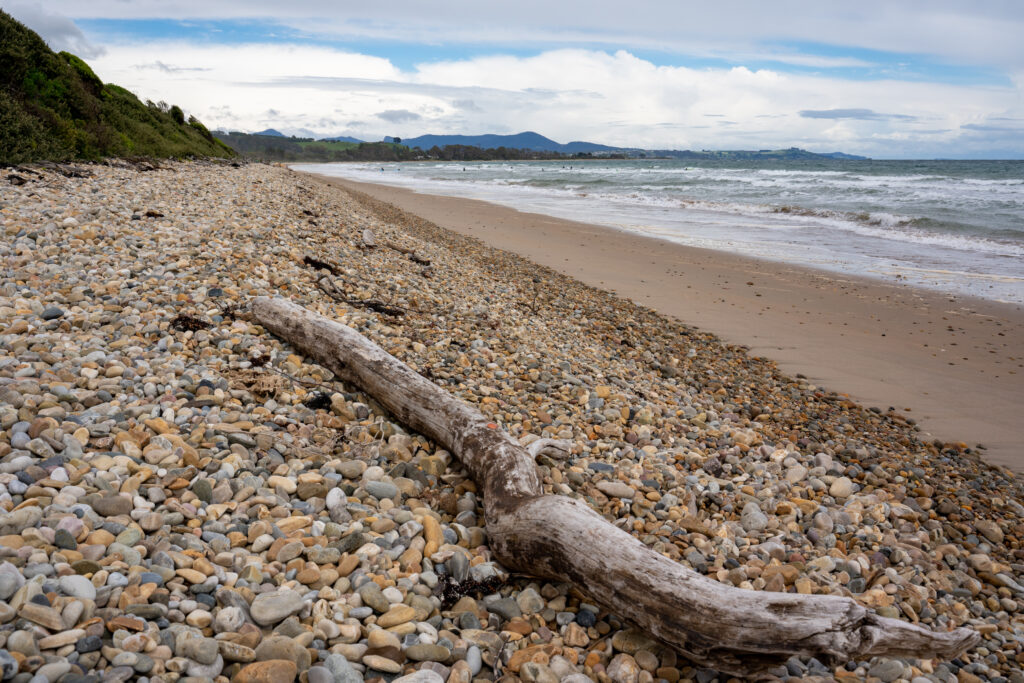
Overall we spent 3.5 months in Tasmania and travelled in a mostly anti-clockwise direction. The reason for this was we wanted to spend the best summer months on the East Coast, where the most spectacular beaches are located. So when we rolled off the ferry in mid-November, we headed west from Devonport to explore the region of Northwest Tasmania first.
THE NORTHWEST TASMANIAN COAST
Our first stop was just outside the town of Turner at a free camp located at the Turner Beach Berry Patch, about 15 minutes west of Devonport.
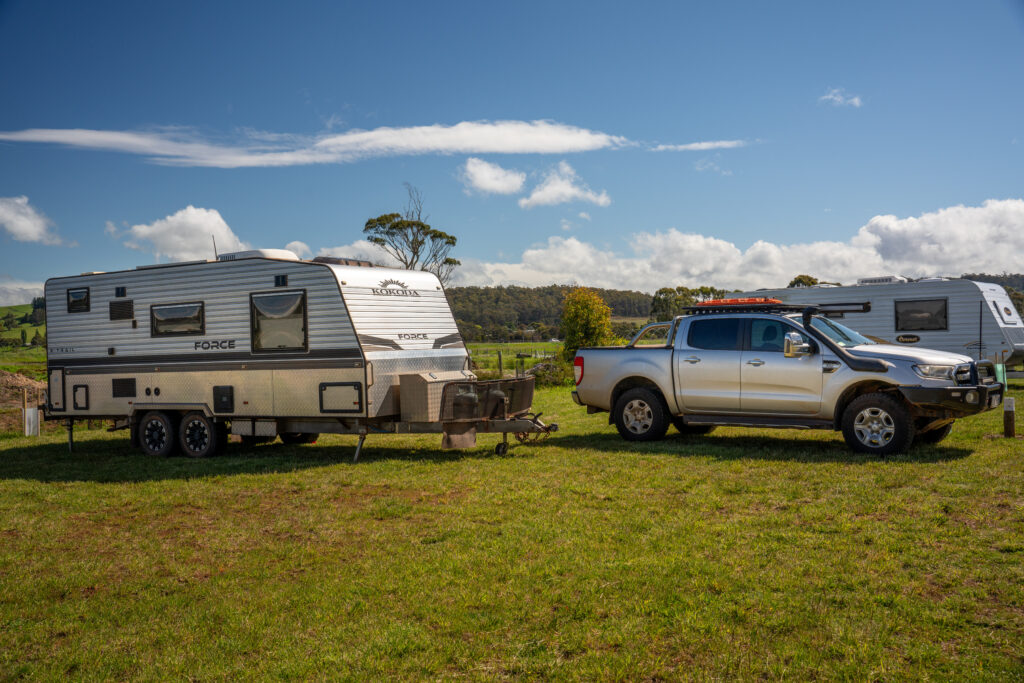
One thing we quickly learned was how great free camping in Tasmania is — probably the best we’ve come across in the country! Another thing we soon realised is that we did not know how to dress for cold weather anymore. Having spent so much time in Northern Australia, where the temperatures rarely dipped below 20 Celsius, it was quite a shock when we got to Tasmania and within 3 days experienced freezing temperatures and snow.
One such instance of extreme (relative to us) cold was when visiting the local Little Penguin colony at Lillico Beach. When going to the Penguin viewing platform to see the Little Penguins come in from the sea in the evening, we could barely feel our faces and felt like we had to keep moving lest we turn into an ice block on the spot. Nevertheless, seeing those adorable penguins was worth nearly getting frostbite (ok, maybe a bit dramatic).
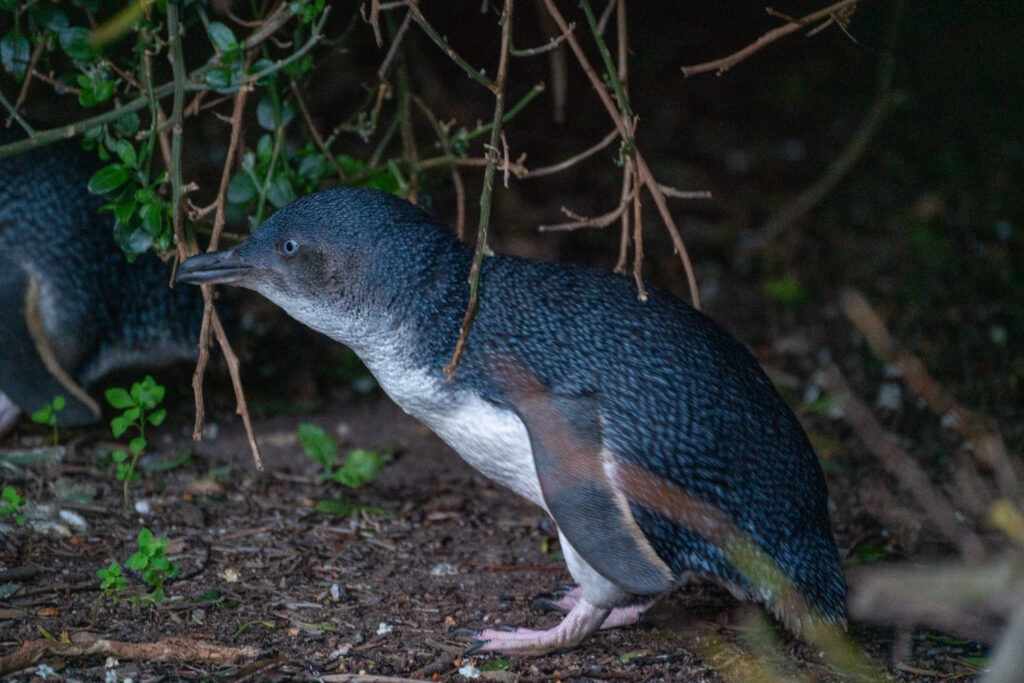
Other nice detours in the Northwest Tasmanian region were to Fern Glade Platypus Reserve (although we didn’t see any platypi, we did have our first good look at the adorable marsupial known as a Pademelon), Leven Canyon with its deep canyon and impressive waterways, and Hellyers Rd Distillery for some very tasty Tasmanian whiskey. Fun fact: Tasmanian whiskey has a shorter aging process due to the bigger fluctuations in temperature compared to other popular whiskey regions such as Scotland.
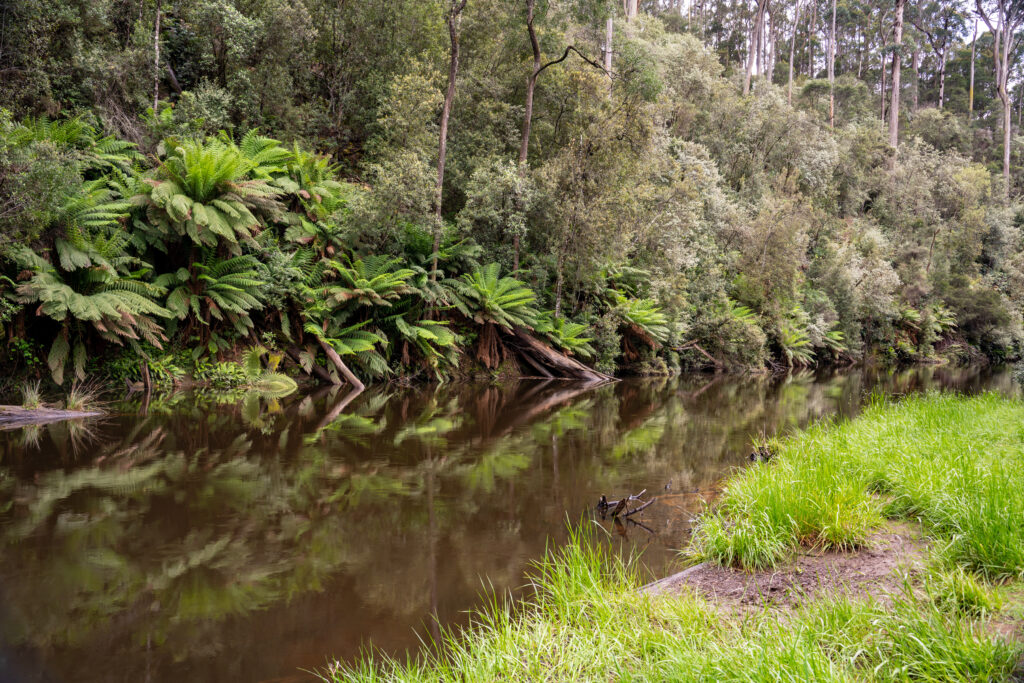
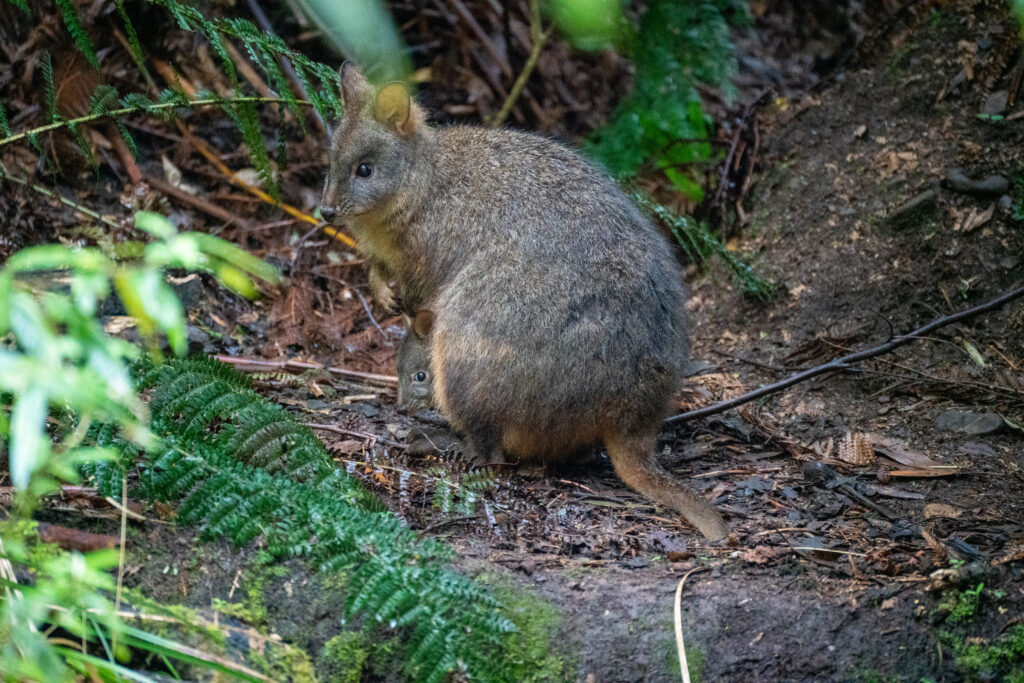


Continuing northwest, we paid a visit to Boat Harbour Beach, one of many spots in Tasmania in which we declared that we would move to if it wasn’t so cold. Boat Harbour Beach and the nearby Sisters Beach were pleasant coastal towns with beautiful white sand beaches and minimal tourists. Be warned, access to the caravan park is via very narrow, steep roads!
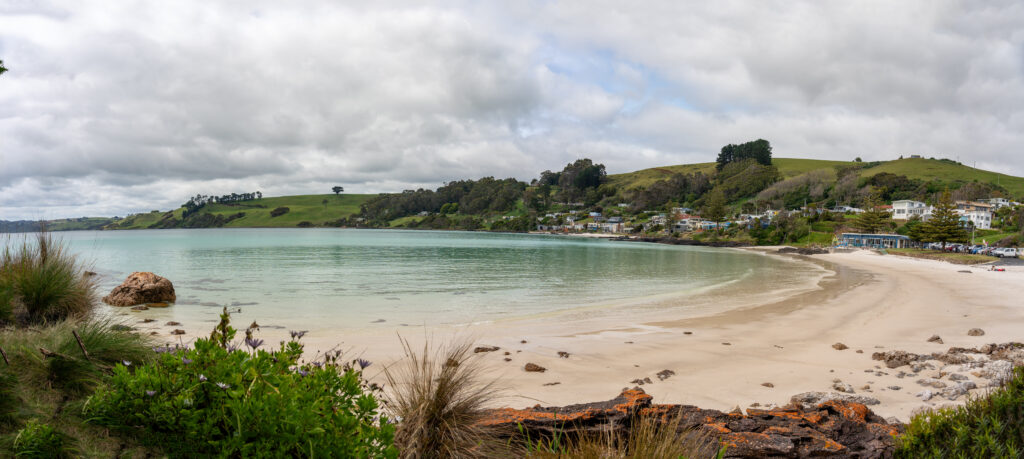
Our last stop along the northwest coast was the town of Stanley and its unmissable geological formation known as The Nut, an old volcanic plug 152 metres high. To explore the top of the Nut you have two options: take a relaxed journey via chairlift or climb an extremely steep track on foot.
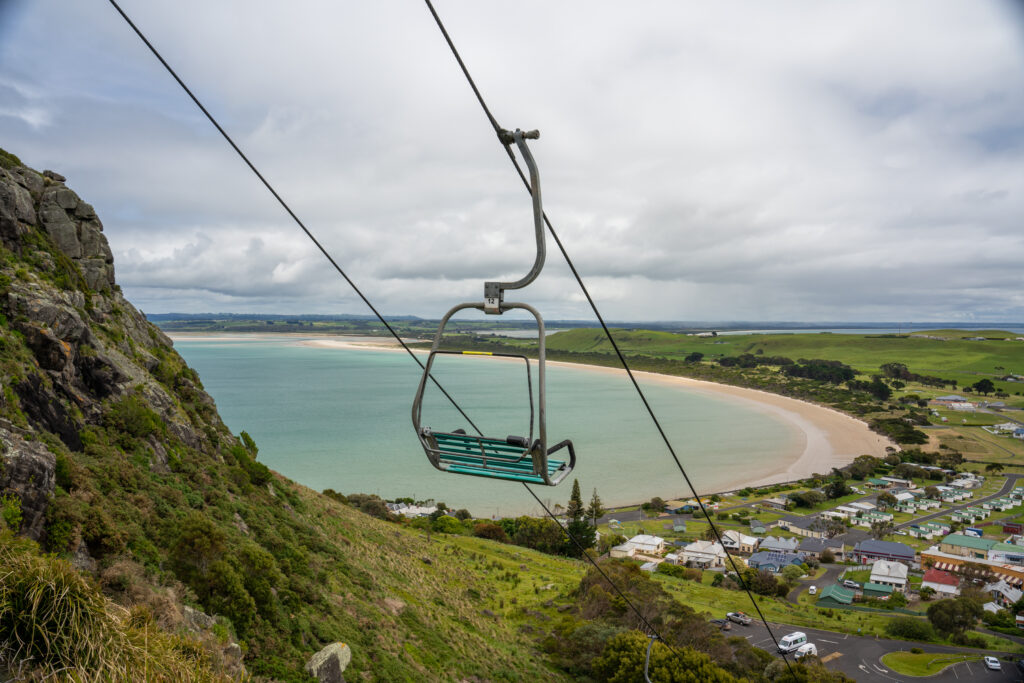
We opted for the active method, which felt more rewarding; however, we were a tad jealous of the chairlift riders with their lack of sweat upon reaching the top. Once you’ve arrived by whichever method you choose, there is a mostly flat loop walk around the top, with interpretive signs detailing the history and significance to the local Tarkine people along the way.
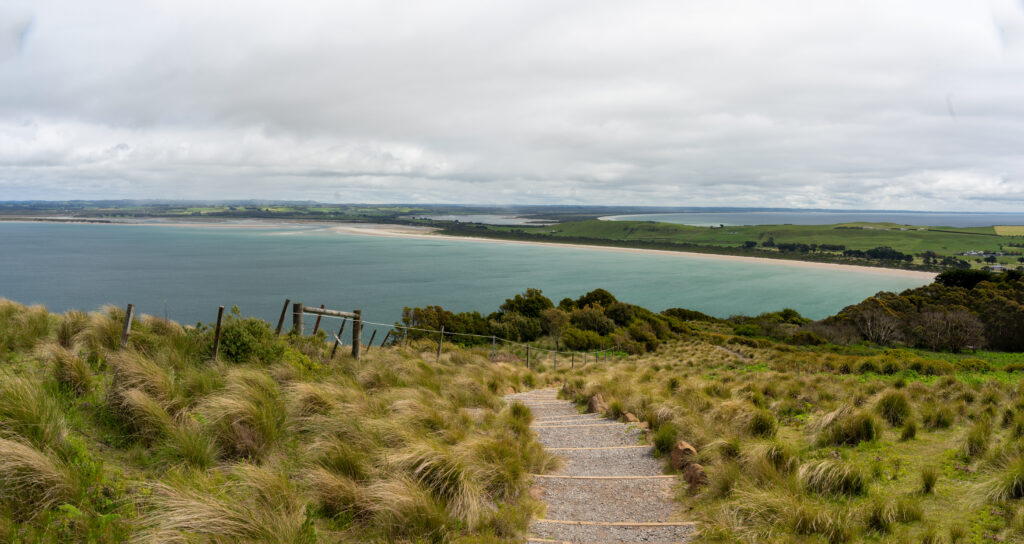
Make sure to find a lookout in town at sunset to watch the Nut shine from the setting sun. The town of Stanley, with its small shops and heritage buildings, is well worth a look too.
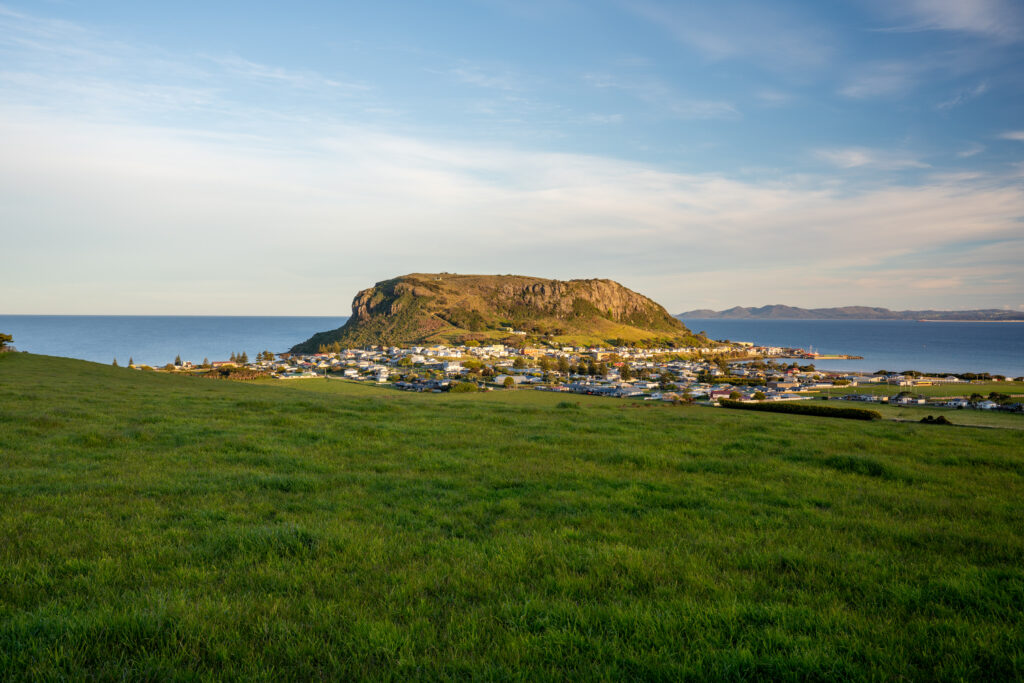
CRADLE MOUNTAIN-LAKE ST CLAIR NATIONAL PARK
From the Northwest Coast, it’s a short backtrack to Wynyard before turning south to head to Cradle Mountain-Lake St Clair National Park. Wynyard or Burnie are the two best places if you need to stock up on supplies before heading this direction. The Discovery Park at Cradle Mountain is fantastic and a short walk to the information centre. Within a half day of being there, we saw a couple wombats, an echidna and several pademelon.
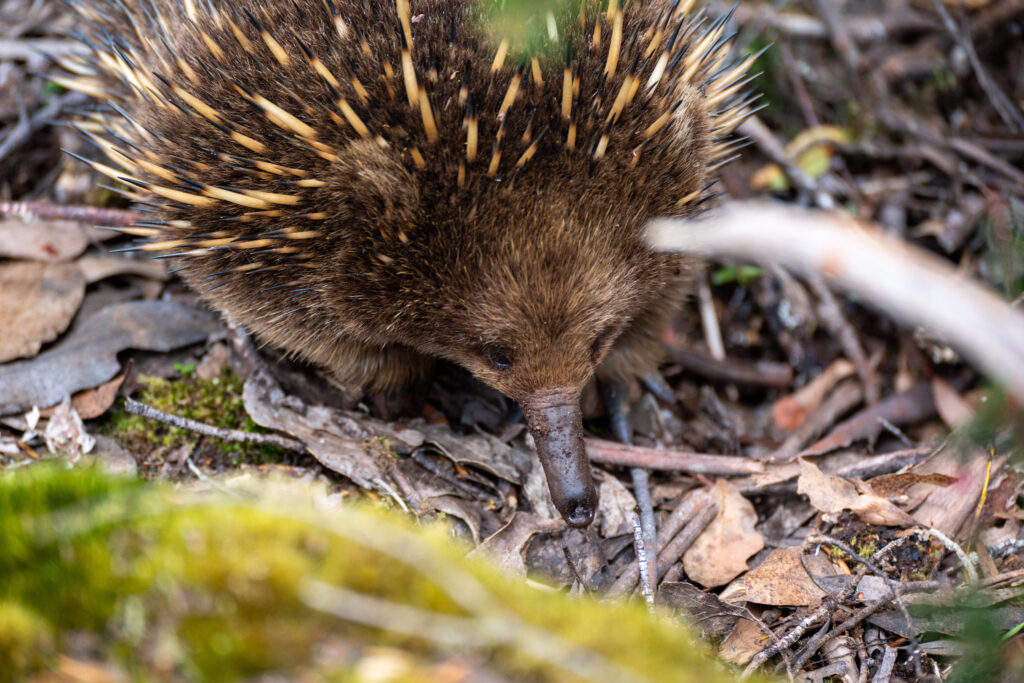
It’s important to note that to visit any national park in Tasmania, you will need a parks pass, which you can organise here. Access to the main portion of the national park is a bit tricky: you have to catch a shuttle bus from the information centre as there is no vehicle access during shuttle operating hours. Keep an eye on road closures; during our visit there was no access at all except via shuttle bus due to construction.
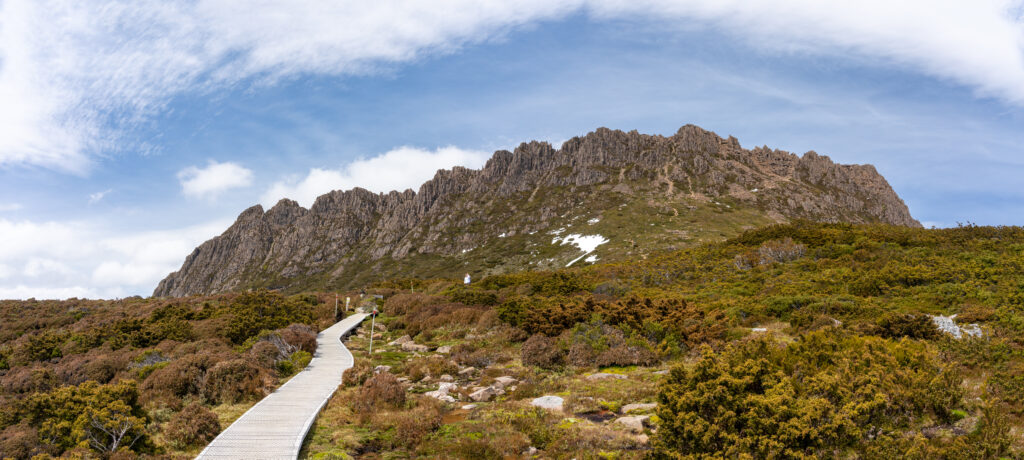
Cradle Mountain-Lake St Clair National Park is known for its hiking. Of course the most famous is the Overland Track, which takes an average of six days to complete (still on our bucket list!), but there are plenty of shorter options for day visitors that cater to a variety of fitness levels. Our pick is the Cradle Mountain Loop, which gives you a great taste of everything the park has to offer. It is a challenging day hike, particularly if you choose to do the hike to the summit of Cradle Mountain, which is definitely not for the faint of heart!
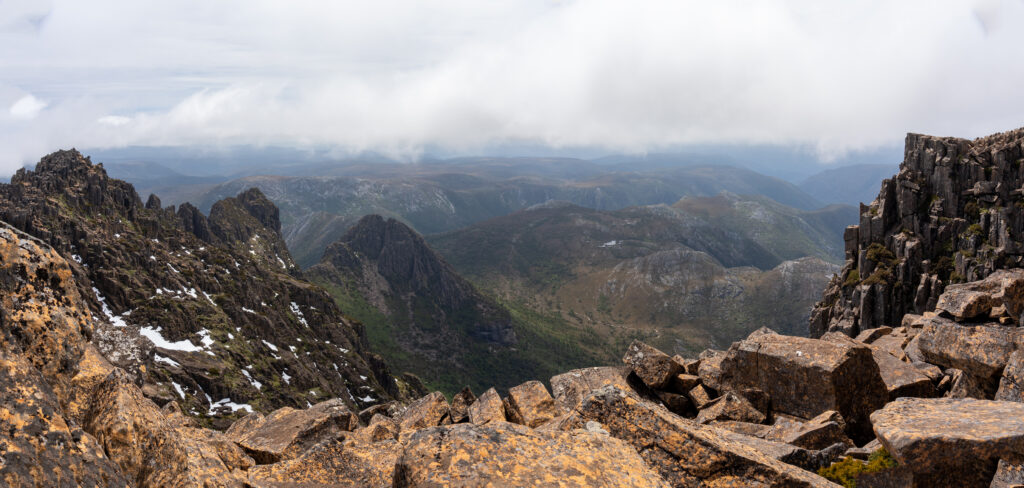
The summit of Cradle Mountain involves clambering over boulders (we had the extra element of contending with snow!) and steep, slippery climbs but on a clear day the views make it well worth it! With this hike, you also get to see the more popular glacial lakes of the park, Dove Lake with its often-photographed hut, and Crater Lake, with stunning views from the top of Marions Lookout. Both of those lakes can be broken up into smaller walks if you desire.

We also decided to do a canyoning trip through Dove Mountain with Cradle Mountain Canyons. It was an action-packed day that saw us abseiling down cliffs, floating leisurely downstream, leaping into deep pools, and being shot out of a natural water slide known as the Laundry Chute. Overall it was a cold but extremely fun day out and a different part of Cradle Mountain National Park that most visitors don’t get to experience.
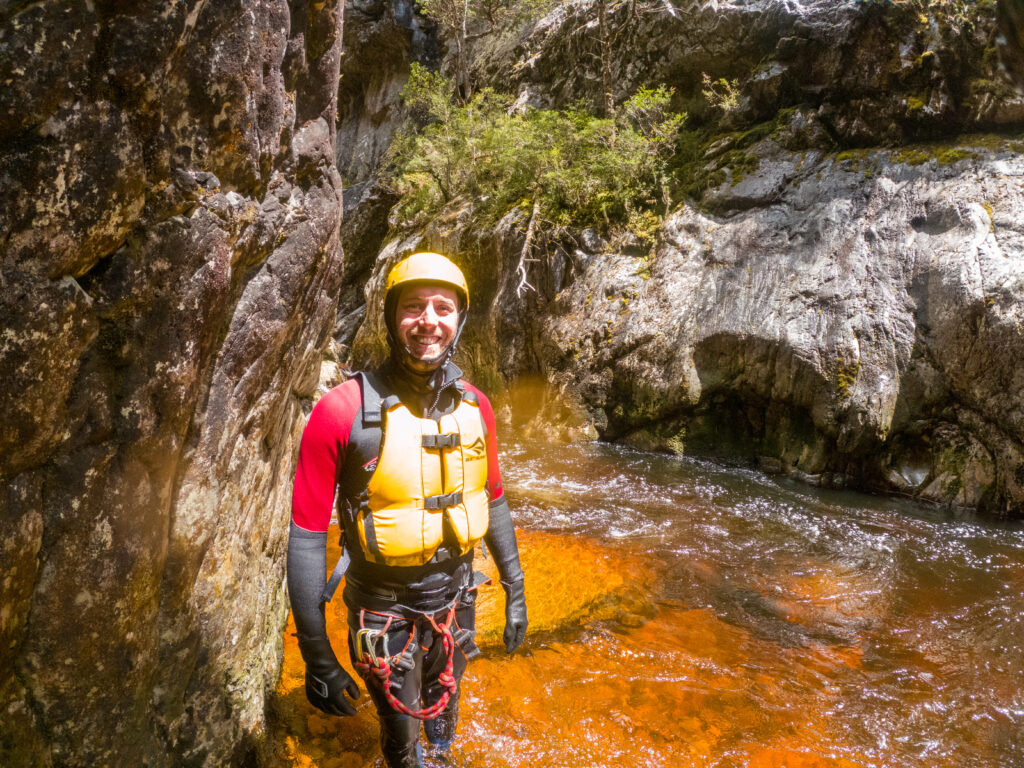
Our last favourite activity of the Cradle Mountain region was a visit to Devils @ Cradle. The Tasmanian Devil is an elusive animal endemic to Tasmania with an almost mythical status. The name Tasmanian Devil is said to come from the shrieking sounds they tend to make; the first European explorers would hear their shrieks at night and feared that the devil was out there in the wilderness.
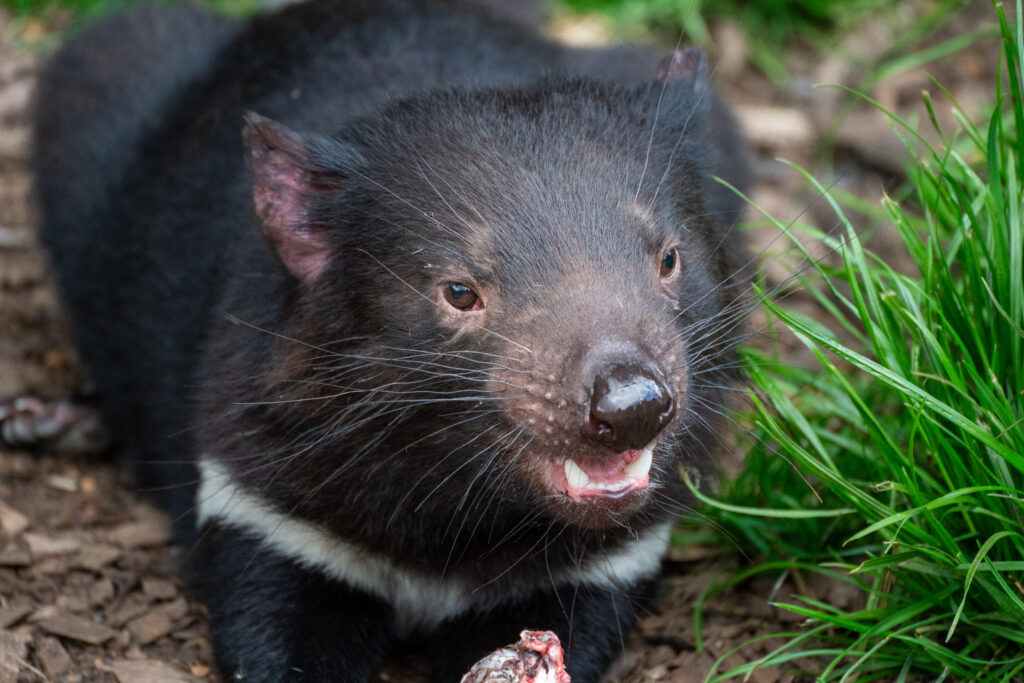
The Tasmanian Devil’s population used to be plentiful; unfortunately, due to the spread of Devil Facial Tumour Disease, they are now endangered. However, thanks to the tireless work of sanctuaries such as Devils @ Cradle, their numbers are increasing. And there’s not only Tasmanian Devils to see here, you can also see two types of quolls, often referred to as the cutest little killers due to their ability to bring down prey much larger than themselves.
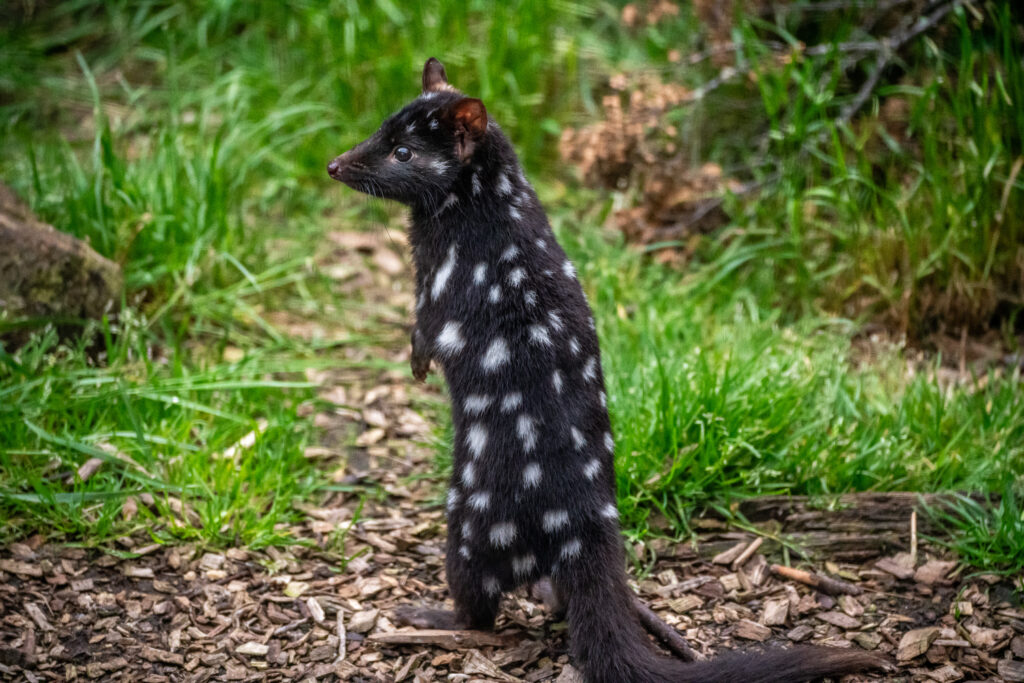
There are many options for tours when visiting the sanctuary, but we highly recommend the after-dark feeding tour, as you’ll get to see the animals at their most active.
With its scenery and wildlife, our first few weeks in Tasmania exploring the Northwest were off to a great start. Our next destination on our tour of the Apple Isle was the West, the most untouched and wild part of the state.
